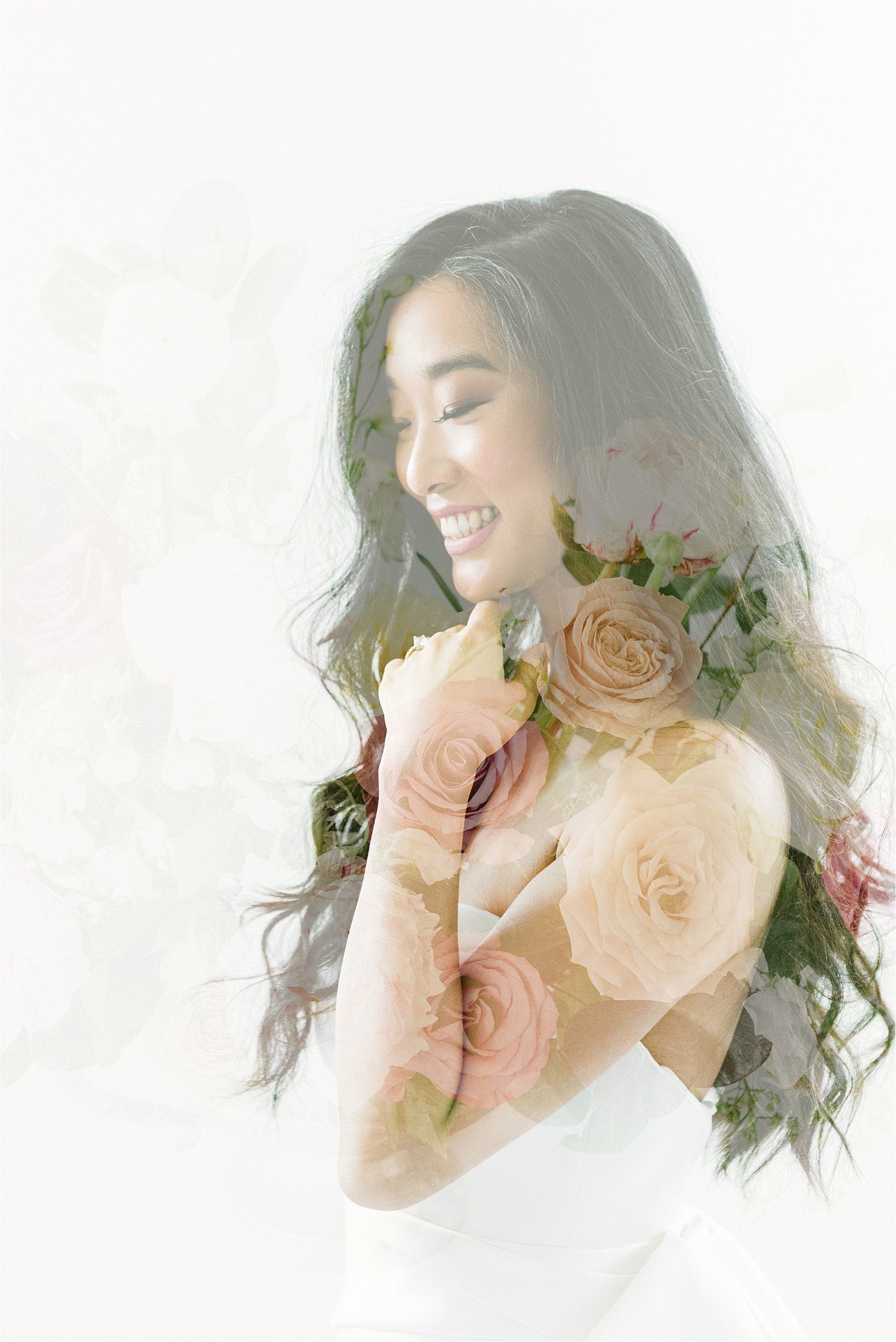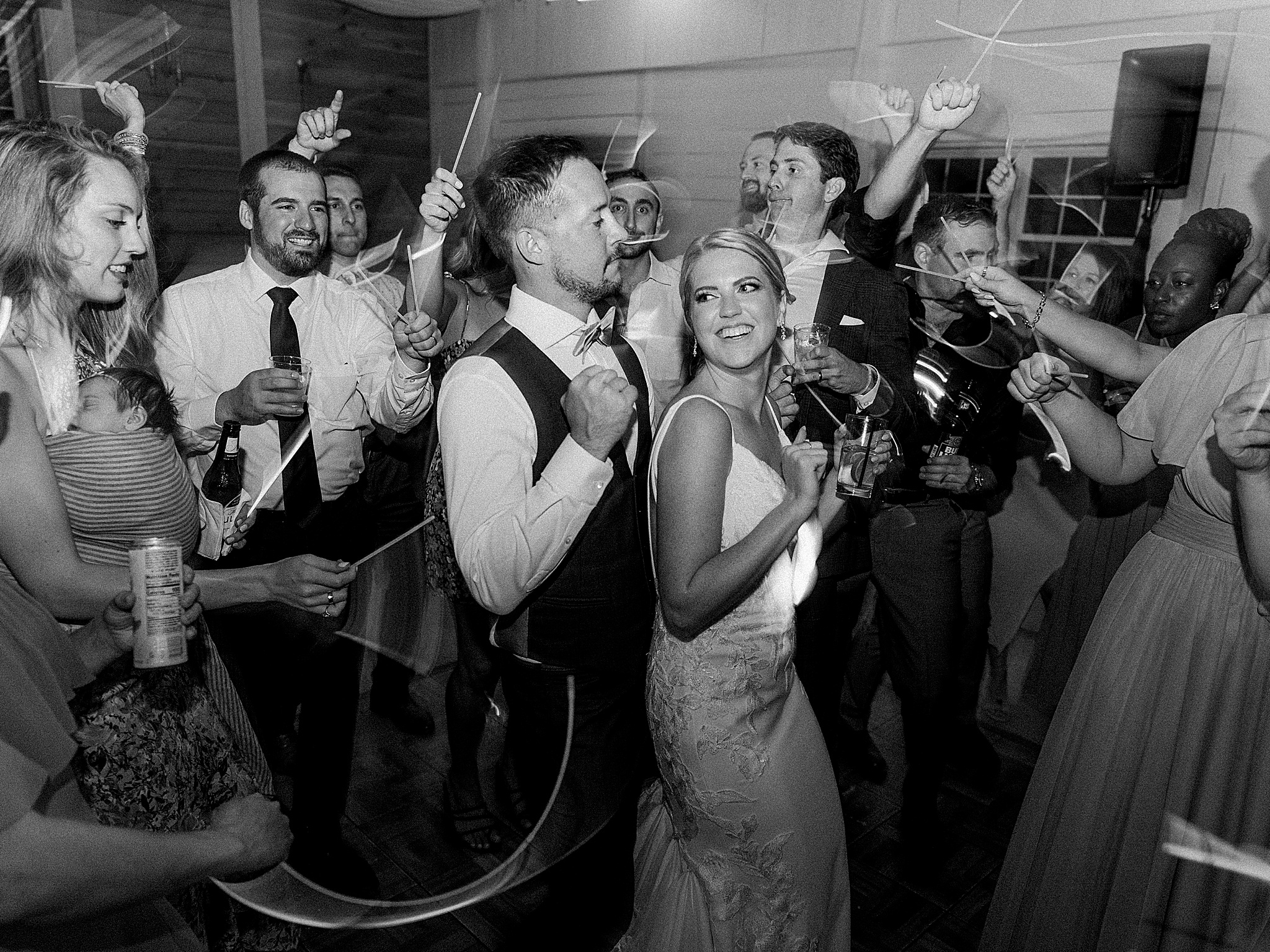
Capturing an image on film using a double exposure method is a really fun way to add some artistry to your final images. Some digital cameras even have a setting that allows you to place an image overlaid on top of another image in-camera. (Meaning, you don’t need to do this in Photoshop.) But today, we’ll talk about how to achieve this look on film.
What is Double Exposure?
A double exposure is basically what it sounds like it is. It’s a frame on film that has been exposed to light twice. The results are really artistic images layered on top of each other in one single frame. It’s good to keep in mind your first composition before capturing the second one, so you can get some really interesting images that fit perfectly together.
What kind of film should I use?
Choosing a film to use for your double-exposure images should be one that you know can easily be overexposed or underexposed. Most color and black-and-white films have a large exposure range and can be pushed a little more than what “perfect” exposure calls for, so the resulting image isn’t muddy. The most popular films I’ve seen being used for double exposures are 35mm film and medium format film.
How do I meter for double exposures?
The film cameras that I own have internal meters that help me see what it thinks is the correct exposure. But I have never, ever trusted it. The cameras are older and using a handheld meter is reliable and easy. If you’re just starting to experiment with double exposures, I would suggest first creating an image that is correctly exposed for the film stock you’re using. In order to do this, just calculate half of the exposure for a single correctly exposed frame. For instance, if you’re using Kodak Portra 800, you would meter the first shot at ISO 400. (Which is half of the ISO needed to correctly expose one frame.) The reason you do this is because you’ll be exposing this single frame to light, twice. (ISO 400 + ISO 400 = ISO 800 for correct exposure.)
Set your light meter to ISO 400. I would recommend choosing an aperture at f11. And using your light meter to show you what shutter speed would be appropriate for your current lighting conditions. Keep in mind when you’re composing your image that any overlapping areas might result in overexposure (especially if you shoot the sky or white clothing in the frame).
Side note: When shooting a double-exposure image on film, make sure you’re shooting the frame in the SAME lighting conditions if you want your final image to be exposed correctly.
Will my camera do this?
You can do a quick Google search to see if your camera has the capability of stopping the frame from advancing to the next frame after a shot has been taken. Some cameras, like my trusty Nikon AE-1, can be tricked into doing this. Here’s a list of cameras that I know off-hand have the ability to capture double-exposure images:
Nikon FM series
Contax 645
Canon EOS Rebel G
Nikon AE-1
Minolta XD
Contax 139
…and several others
I hope this offers you a good starting point when you’re trying double-exposure images on film for the first time! Have fun shooting!



